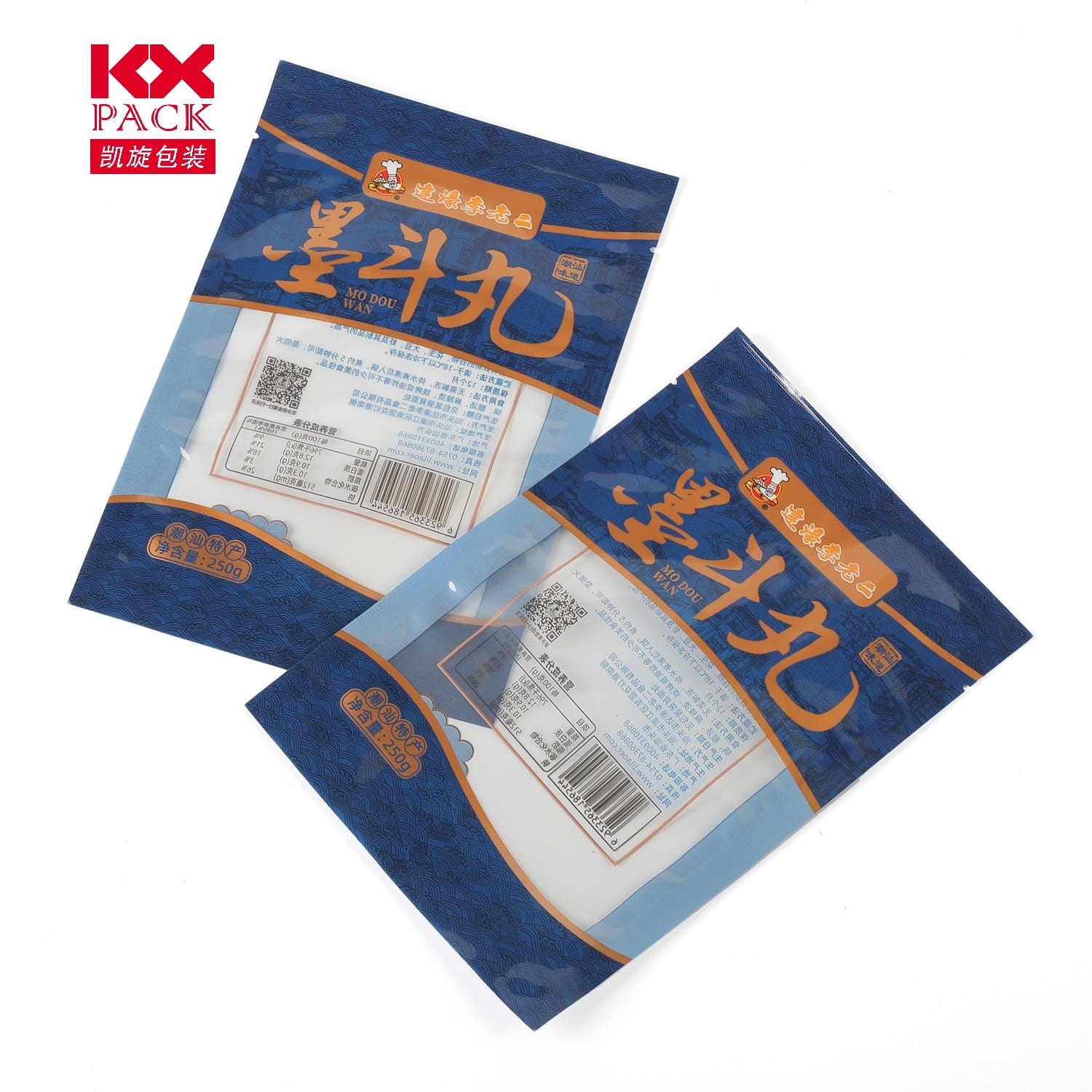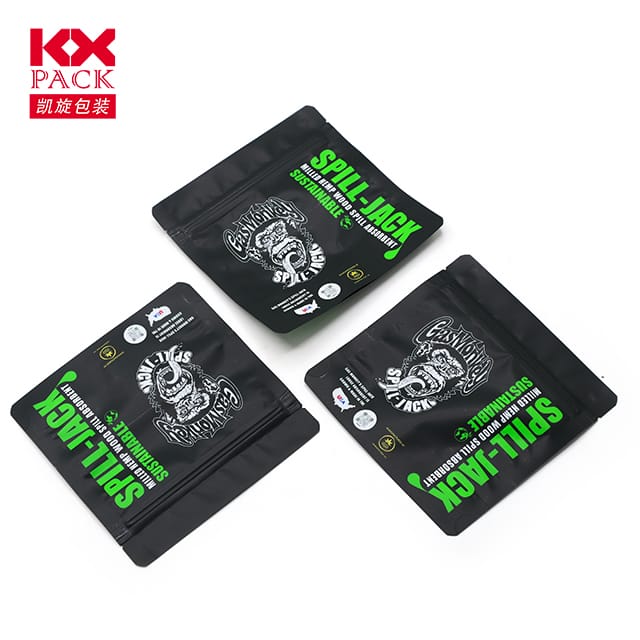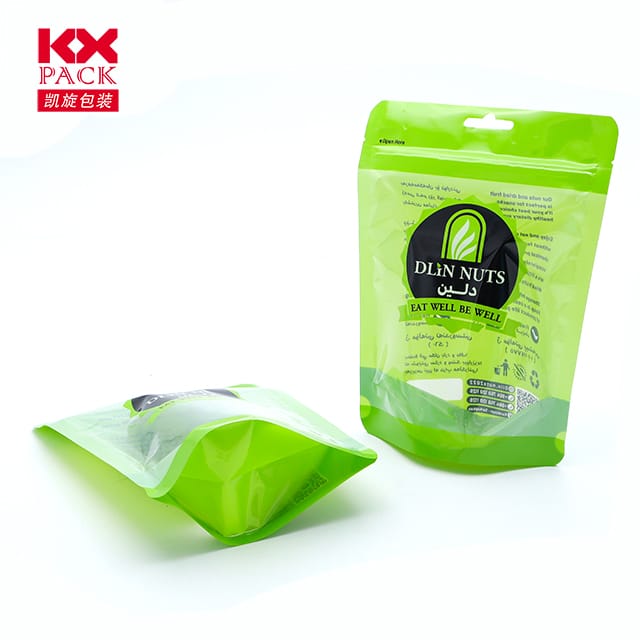Elintarvikkeiden kääre muovikalvo: Mukavuus. Kestävyys – mitä sinun tulee tietää (7)
Wrapping Plastic Film
From wrapping leftovers to preserving freshness, elintarvikekääre muovikalvo (tunnetaan yleisesti tartuntakalvona, muovikelmu, tai Saran Wrap) on keittiön peruspakkaus maailmanlaajuisesti. Sen venyvä, läpinäkyvä, ja ilmatiiviit ominaisuudet tekevät siitä oivan ratkaisun ruokahävikin vähentämiseen ja aterioiden pitämiseen tuoreina. Mutta ympäristöongelmien kasvaessa, monet kyseenalaistavat: Is this convenience worth the cost to the planet? Let’s explore the pros, cons, and eco-friendly alternatives.
The Benefits of Plastic Food Wrap
- Food Preservation
Wrapping Plastic Film creates a barrier against oxygen, kosteutta, ja epäpuhtaudet, extending the shelf life of perishables like fruits, vihannekset, ja lihat. This helps households cut down on food waste—a critical issue given that roughly one-third of all food produced globally is lost or wasted. - Monipuolisuus
It molds to any shape, whether you’re covering a bowl, wrapping a sandwich, or storing half an avocado. Its transparency also lets you see what’s inside without unwrapping. - Hygiene and Safety
When used correctly, Wrapping Plastic Film prevents cross-contamination between foods and keeps surfaces clean. - Affordability
Compared to reusable alternatives, single-use plastic wrap is often cheaper upfront, making it accessible for budget-conscious households.
The Environmental Downside
Despite its perks, traditional plastic food wrap poses significant challenges:
- Non-Biodegradable: Most Wrapping Plastic Film are made from polyethylene (PE), a material that takes hundreds of years to decompose.
- Microplastic Pollution: When broken down, tiny plastic particles enter soil, waterways, and even our food chain.(Wrapping Plastic Film)
- Recycling Challenges: Many curbside recycling programs don’t accept plastic wrap due to contamination risks. Even “recyclable” films often end up in landfills.
- Resource Intensive: Producing plastic film relies on fossil fuels, contributing to carbon emissions.(Wrapping Plastic Film)
Eco-Friendly Alternatives to Plastic Food Wrap
The good news? Sustainable options are growing in popularity and effectiveness:
- Mehiläisvahakääreet
Valmistettu mehiläisvahalla päällystetystä puuvillasta, jojobaöljyä, and tree resin, these reusable wraps are pliable, breathable, and compostable after months of use. - Silikoniset elintarvikesuojat
Durable and airtight, silicone lids stretch over bowls or containers and can withstand high temperatures (great for reheating!). - Reusable Fabric Covers
Cotton or linen wraps with waterproof linings offer a washable, plastic-free solution for covering dishes.(Wrapping Plastic Film) - Lasi- tai ruostumattomasta teräksestä valmistetut astiat
Investing in airtight containers eliminates the need for wrap altogether and keeps food fresher longer. - Syötävät elokuvat
Innovations like seaweed-based wraps or starch-based coatings are biodegradable and even edible (vaikkakin vielä markkinarako).
How to Make Smarter Choices
- Vähennä käyttöä: Only use plastic wrap when absolutely necessary (ESIM., for raw meat). Opt for reusable options first.
- Tarkista tarrat: Look for “biodegradable” or “compostable” films made from plant-based materials like PLA (polymaitohappo).
- Recycle Properly: If using plastic wrap, clean it thoroughly and check local guidelines for drop-off locations (some grocery stores accept it).
- Advocate for Change: Support brands prioritizing sustainable packaging and policies that reduce single-use plastics.
Bottom Line
While plastic food wrap offers undeniable convenience, its environmental impact is hard to ignore. By embracing reusable alternatives and reducing reliance on single-use plastics, we can protect our planet without sacrificing freshness. Small swaps in the kitchen add up to big changes for the Earth.
What’s your go-to method for keeping food fresh? Share your tips or favorite eco-friendly hacks in the comments below!
Avainsanat: elintarvikekääre muovikalvo, sustainable food storage, plastic wrap alternatives, eco-friendly kitchen, reducing food waste.







